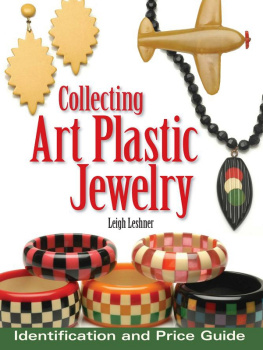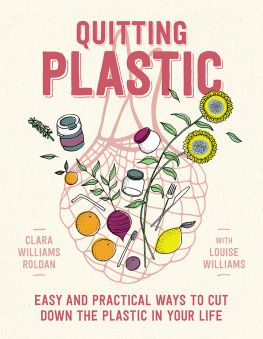GARDENING UNDER PLASTIC
H OW TO USE F LEECE , F ILMS , C LOCHES AND P OLYTUNNELS
Bernard Salt
Illustrations have been supplied as follows: Front cover, frontispiece and preface: Garden Answers Magazine, Colin Leftley. Page 29: Garden Direct. Page 40: Traditional Garden Supply Co. All other photos, line drawings and diagrams: Bernard Salt.
The author would like to thank Garden Answers Magazine and Colin Leftley for help with photographic material; Northern Polytunnels; Defenders Ltd/ Wye College; Solar Tunnels; CLM Fabrications; Growth Technology; First Tunnels; Phostrogen Ltd; Miracle Care Garden; Jiffy Products; Armillatox Ltd; Link Stakes.
First published in the United Kingdom in 1999 by
Batsford
1 Gower Street
London
WC1E 6HD
An imprint of Pavilion Books Company Ltd
Copyright Batsford
Text Bernard Salt
Published in the United Kingdom as eBook in 2015
The moral rights of the authors have been asserted.
All rights reserved. No part of this publication may be reproduced, stored in a retrieval system, or transmitted in any form or by any means electronic, mechanical, photocopying, recording or otherwise, without the prior written permission of the copyright owner.
eISBN 9781849942232
This book can be ordered direct from the publisher at the website: www.pavilionbooks.com, or try your local bookshop.
Distributed in the United States and Canada by Sterling Publishing Co.,
387 Park Avenue South, New York, NY10016, USA

Contents
,
,
,
PREFACE
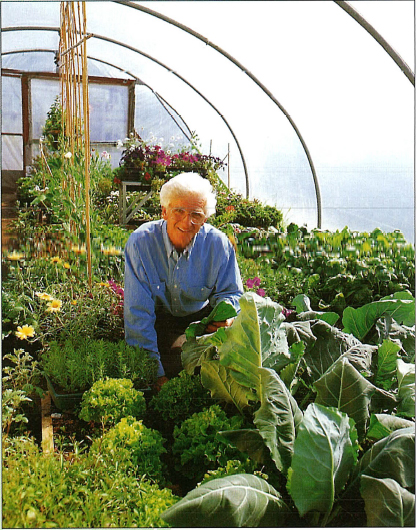
During my lifetime plastic materials have transformed gardening. Plastic gnomes, plastic hose, plastic cans, plastic tubs, plastic pots and plastic protection in the form of cloches, frames, mulches, fleece, nets, wind breaks and polytunnels.
As well as the large range of plastic sheets and fleeces, there is a wonderful variety of cloches and polytunnels available to increase gardening success and enhance enjoyment.
I bought my first polytunnel 14 years ago and it has improved my diet as well as my life. Apart from the two coldest winter months I enjoy gardening all year with the growing season extended at both ends. Polytunnel sheets are now much improved, although not as transparent as glass their ability to retain infrared is almost as good. They no longer drip and they last much longer. The first sheet I had lasted 4 years whilst my current one is in its seventh year.
Walk into a polytunnel and feel the atmosphere change, experience the different scents, the riot of growth and the freedom from wind and rain. Rake beds, sow seeds, prick out and pot-on whilst the rain lashes down.
I enjoy early potatoes in April, peas, cabbage and cauliflowers in May; lots of peppers, aubergines, cucumbers, melons and tomatoes in summer. A polytunnel is not only about food; I cut chrysanthemums in November, antirrhinums in December, daffodils in February, stocks and sweetpeas in May. In addition my borders are a mass of colour all summer and there are tubs and baskets everywhere, thanks to plants raised under plastic. It rains and blows but whatever the weather I can garden in comfort what more can anyone ask?
Sadly many gardens are too small to accommodate a polytunnel but this does not prevent the use of cloches and other plastic materials to increase the number and variety of plants. A little ingenuity with a cold frame, a few cloches or a small lean-to structure can produce lots of plants and give hours of enjoyment.
Gardening methods are not written on tablets of stone and there is more than one way of achieving success. The methods I have described here are the ones that have worked for my students and myself. I hope they will also work for you.
Bernard Salt
Chapter One
Protected Cultivation
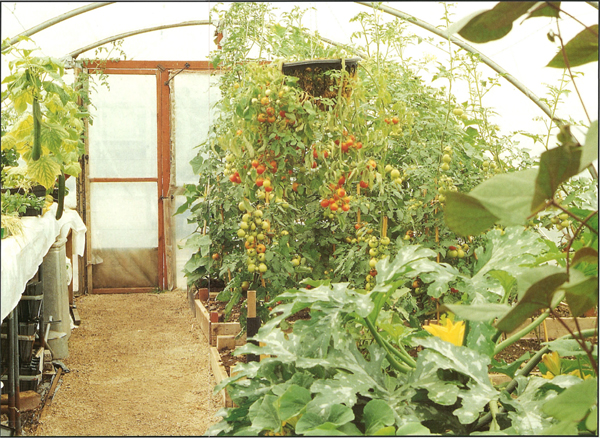
Inside a domestic polytunnel in July
A polytunnel is very versatile and is used by different gardeners in different ways. The authors polytunnel gives him the following advantages:
Spring is 6 weeks early.
Winter is 4 weeks late.
Delicious food is harvested when it is most expensive in the shops.
Bedding plants are grown very cheaply.
Hanging baskets are planted up a month early and in full bloom when hung outside.
Two crops are raised each year instead of one.
Tender crops are easily grown.
Half hardy perennials survive the winter.
Vegetable yields are higher and the quality is better.
Flowers are not damaged by wind and storms.
Fleece placed over plants does not blow away.
A no-go zone for pigeons and rabbits.
Carrot flies dislike tunnels.
Ideal place to raise plants for flowering or cropping outside.
Conservatory plants are stored during non-flowering periods.
No heating bills.
Rain never stops play.
There are of course disadvantages too, these are:
Daily watering is necessary during the spring and summer months.
Greenhouse pests such as white fly and red spider mites can be troublesome.
More skill is required to grow crops in a tunnel than outside.
The outside appearance is not very aesthetic.
The growing season on these islands is very short, in many areas it is less than 6 months. A 6 week extension of the growing season represents an increase of 25% and this has a dramatic influence on crops and cropping. Plastic sheeting has been developed which gives almost the same greenhouse effect as glass. The greenhouse effect is the term used to explain how a greenhouse acts as a heat trap by letting in the suns warming rays and preventing the earths cooling rays from escaping.
Protected cultivation gives freedom from wind chill, hail, snow and rain. The trapped air is not blown away but remains as a warm blanket around the plants. Incidentally the gardener also enjoys these benefits!
The cheapest method of covering an area for plant production is a polytunnel.
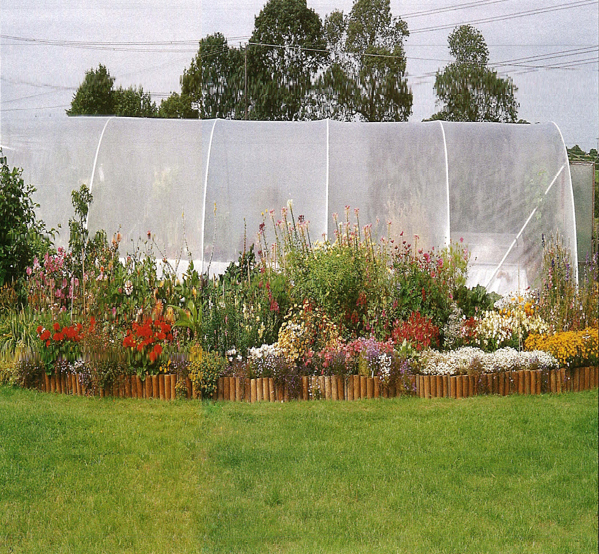
A flower border alongside a polytunnel improves its appearance
T HE P OLYTUNNEL
Every gardener, who has the space, should consider a polytunnel as they give a whole new dimension to gardening. Whatever the weather, polytunnel gardeners can enjoy their hobby to the full. A polytunnel is the cheapest method of protecting the garden and the gardener! A polytunnel will cover four times the area of a greenhouse for a quarter of the price. Contrary to popular belief the covers are tough and good ones will last for 6 years and more.
A polytunnel is not a plastic greenhouse. The management and use of an amateurs greenhouse differs considerably from a polytunnel. A greenhouse is easier to insulate and keep frost free in winter; the light in a greenhouse is a little better than in a polytunnel and a greenhouse is very useful for propagation, especially in early spring when light is at a premium. Ideally a gardener should have both as they are complementary. The author has both; if he had to choose just one, there would be no hesitation it would be a polytunnel!








